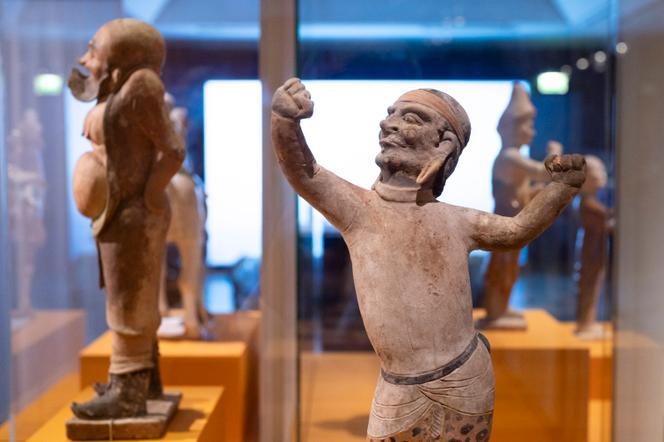


Alongside Ming China (1368-1644), whose goldsmith's and silversmith's work is the subject of a refined exhibition at the Guimet Museum, Paris, until January 13, visitors are invited to take a great leap back in time to discover Tang China, the dynasty that reigned from the 7th to the 10th century, succeeding the Sui dynasty (581-618), which had unified the country. This was an era (which corresponded to the Carolingian age in Western Europe) of relative peace and prosperity, when interactions with other civilizations, both by land and sea, were intense, fostering great creativity in arts and humanities. The Tang dynasty also saw the reign (690-705) of the only empress in Chinese history, Wu Zetian (624-705).
Some 200 sets of works and objects illustrating customs, politics, religion, trade and culture under the Tang dynasty have been brought together thanks to loans from some 30 Chinese institutions. Many are exhibited for the first time outside China. "We're benefiting from recent archaeological discoveries that shed new light on this civilization," said Arnaud Bertrand, curator of the Guimet Museum's China and Korea collections and one of the exhibition's curators.
You have 81.49% of this article left to read. The rest is for subscribers only.
